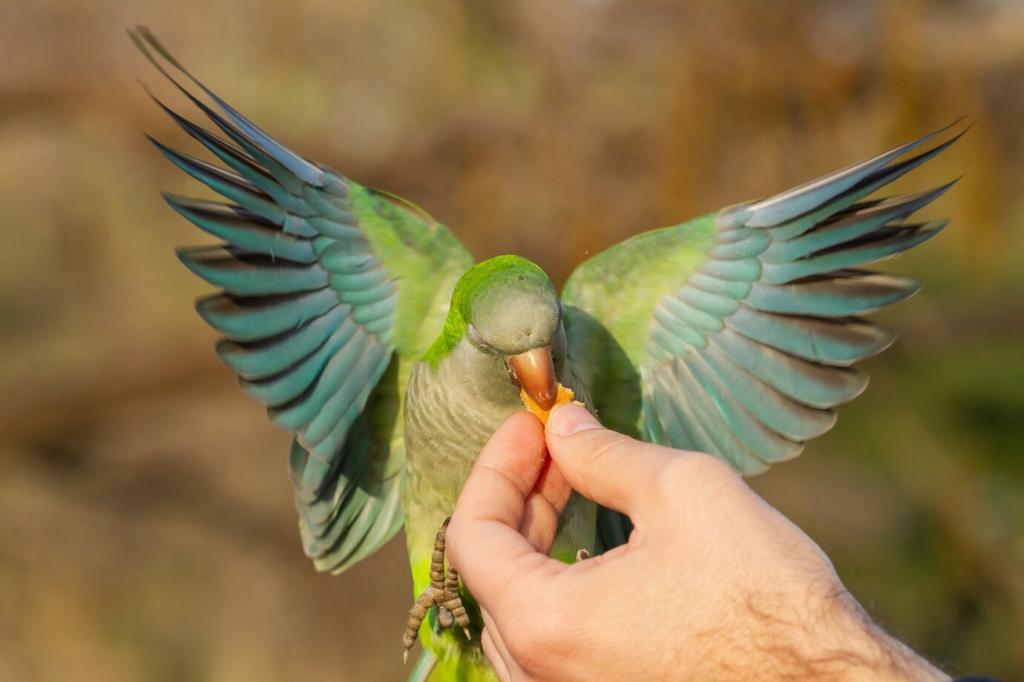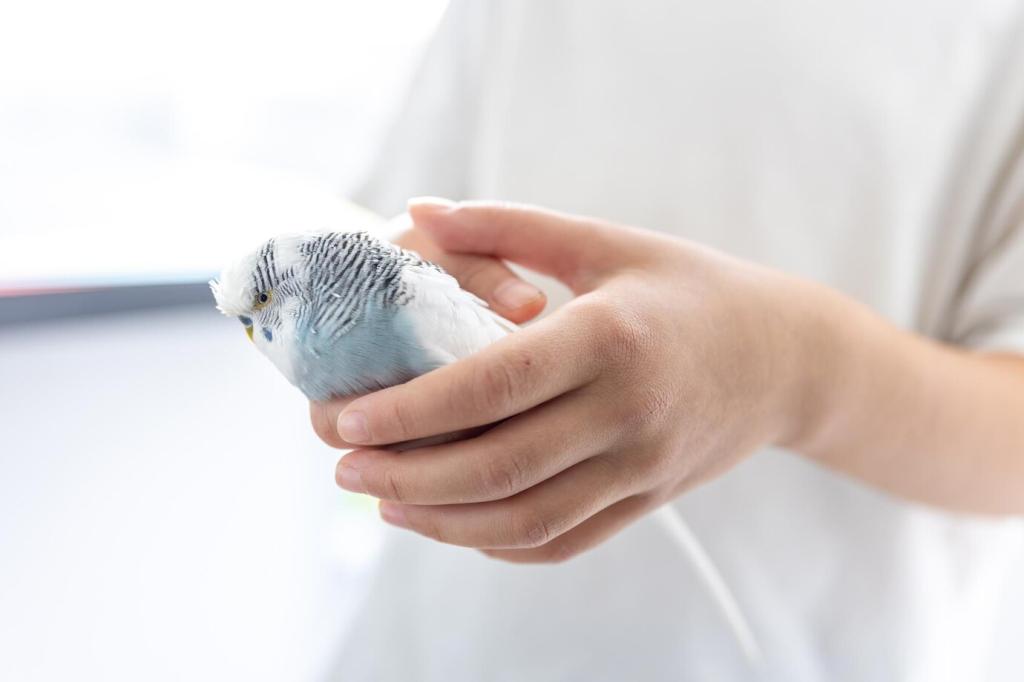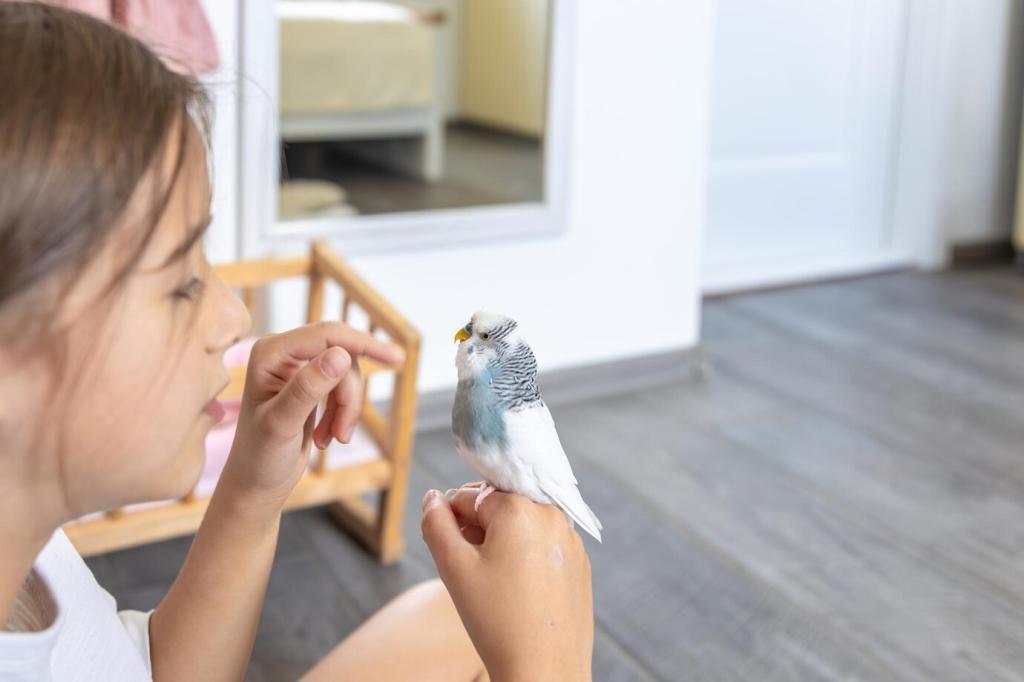Understanding Light in the Field
Use the soft, low-angle light just after sunrise and before sunset to illuminate feathers with gentle warmth and open shadows. Position yourself so the sun sits behind you, watch for catchlights in the eye, and let warm tones wrap perched subjects with a calm, welcoming mood.
Understanding Light in the Field
Backlighting can sculpt delicate edges of plumage, especially on translucent feathers. Dial a small positive exposure compensation, check your histogram, and shoot slightly under the sun’s angle. You’ll reveal glowing halos around wings in flight, turning ordinary frames into luminous, ethereal portraits.
Understanding Light in the Field
Cloudy days reduce harsh contrast, perfect for white egrets, terns, and swans. Colors deepen, details hold, and dynamic range becomes manageable. Embrace the calm look, focus on behavior and gesture, and invite viewers to linger. Share your favorite overcast successes in the comments below.
Understanding Light in the Field
Lorem ipsum dolor sit amet, consectetur adipiscing elit. Ut elit tellus, luctus nec ullamcorper mattis, pulvinar dapibus leo.



